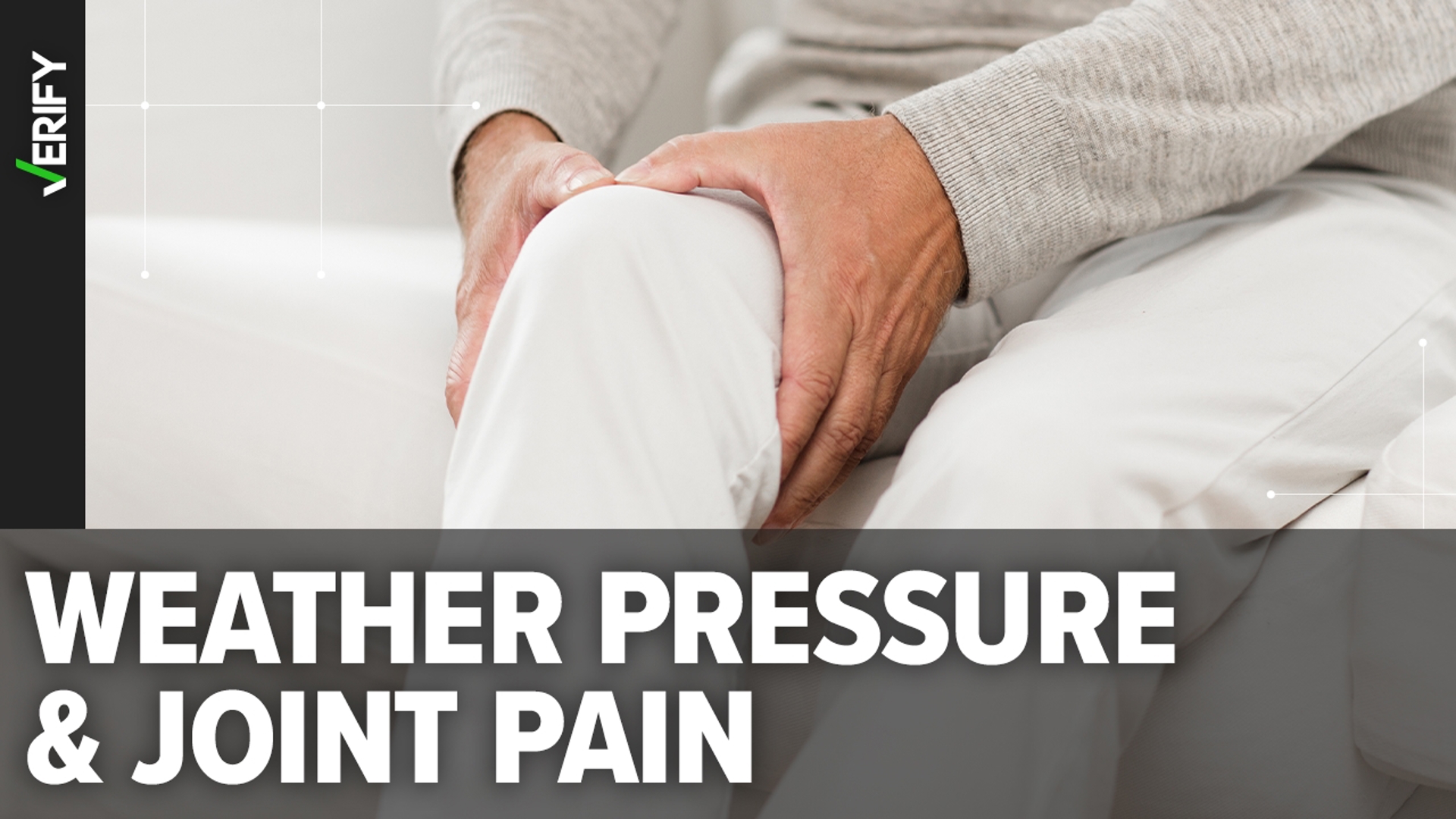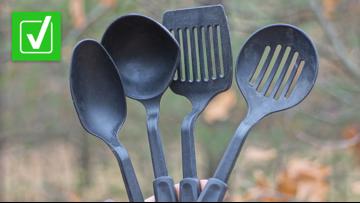Have you ever heard someone say they think a storm is coming because they can feel it in their joints? Many people talk of being able to predict the weather based on the way their joints feel on a particular day. VERIFY reader Corey reached out to ask if weather really has an impact on joint pain.
One of the leading theories is that changes in barometric pressure can cause problems for people susceptible to joint problems, like people with arthritis. Barometric pressure refers to the measurement of pressure in the atmosphere.
Pressure typically increases in warmer weather and decreases in cooler weather, according to the University Corporation for Atmospheric Research. Stormy weather is also associated with a decrease in pressure, the National Weather Service adds.
THE QUESTION
Can weather-related pressure changes impact your joints?
THE SOURCES
- Pamela Mehta, M.D.
- A 2007 study published in The American Journal of Medicine
- University Corporation for Atmospheric Research
- National Weather Service
- A Harvard Health article
- Baylor Scott & White Health
THE ANSWER
Yes, weather-related pressure changes can impact your joints.
WHAT WE FOUND
Scientists say changes in barometric pressure can impact the way your joints feel, leading to pain and discomfort. Changes in barometric pressure are typically associated with changing weather conditions.
Typically, decreases in barometric pressure -- which is associated with cooler, windy weather and storms -- can cause swelling, sometimes leading to pain.
“Less air pressure surrounding the body can allow muscles, tendons, and other tissues around joints to expand,” placing “pressure on joints, possibly leading to pain,” a Harvard Health article explains.
“Decreasing pressure means air presses a little less on your body, allowing tissues to swell slightly, which can irritate your joints,” Baylor Scott & White Health say.
It’s this inflammation and swelling that can lead to pain and discomfort. A common misconception is that people with arthritis or degenerative joint disease think “the pain is coming from the actual degeneration, but it's coming from inflammation and swelling” caused by the environment, Pamela Mehta M.D., says.
A 2007 study published in The American Journal of Medicine looked at 200 patients with osteoarthritis over the course of three months. The researchers found that on average patients experienced more joint discomfort when pressure lowered.
Mehta noted that “when weather is going to change, or when there's rain,” patients “may experience more pain and discomfort in their joints, especially if they have some level of arthritis or degenerative joint disease.” She added that rain is usually the most common weather pattern she hears complaints about, followed by cold weather. Both are associated with decreasing barometric pressure.
Fast pressure changes, whether increasing or decreasing, can also create more problems.
“A sudden drop in pressure as a storm blows into town creates more noticeable aches than a slow, gradual pressure decline,” a Cleveland Clinic article says.
No matter where you are located, changes in barometric pressure can happen.
“The sensitivity is to change, and the humidity and barometric pressure goes up and down in every zip code,” said chiropractic doctor Andrew Bang in a Cleveland Clinic article published in 2023. For that reason, he doesn’t recommend relocating to avoid weather-related pressure changes.
This story is also available in Spanish / Lee este artículo también en español: Sí, cambios en la presión relacionados con el clima pueden afectar tus articulaciones












